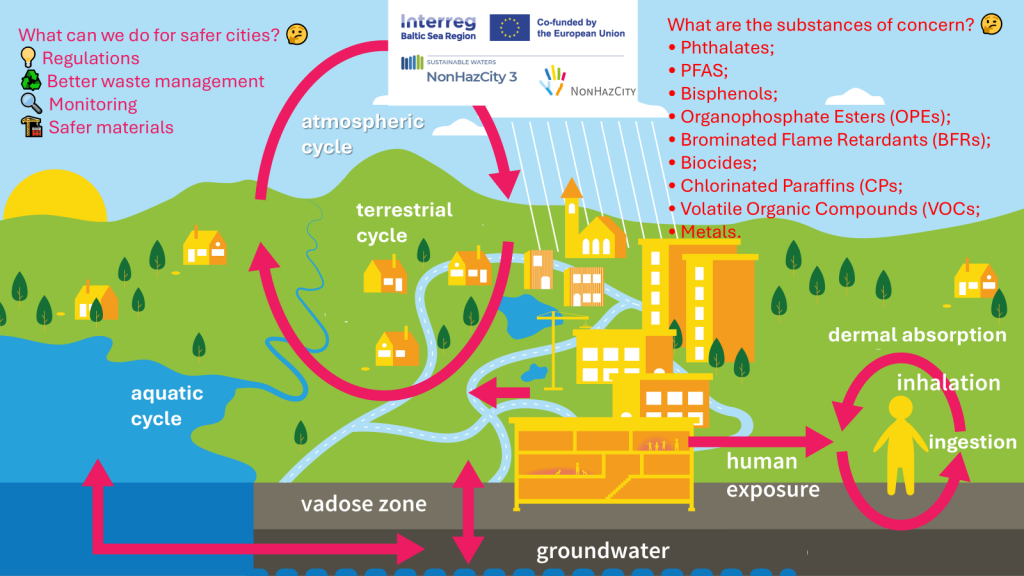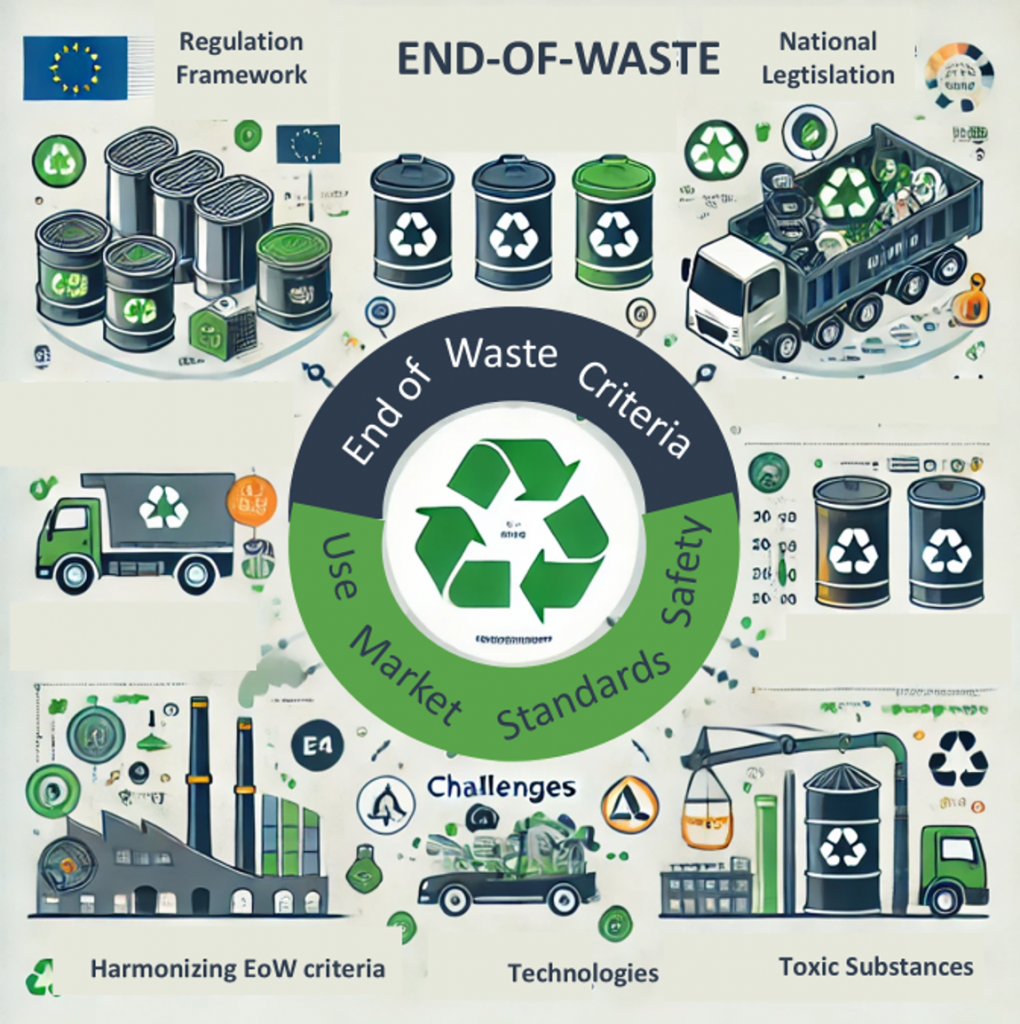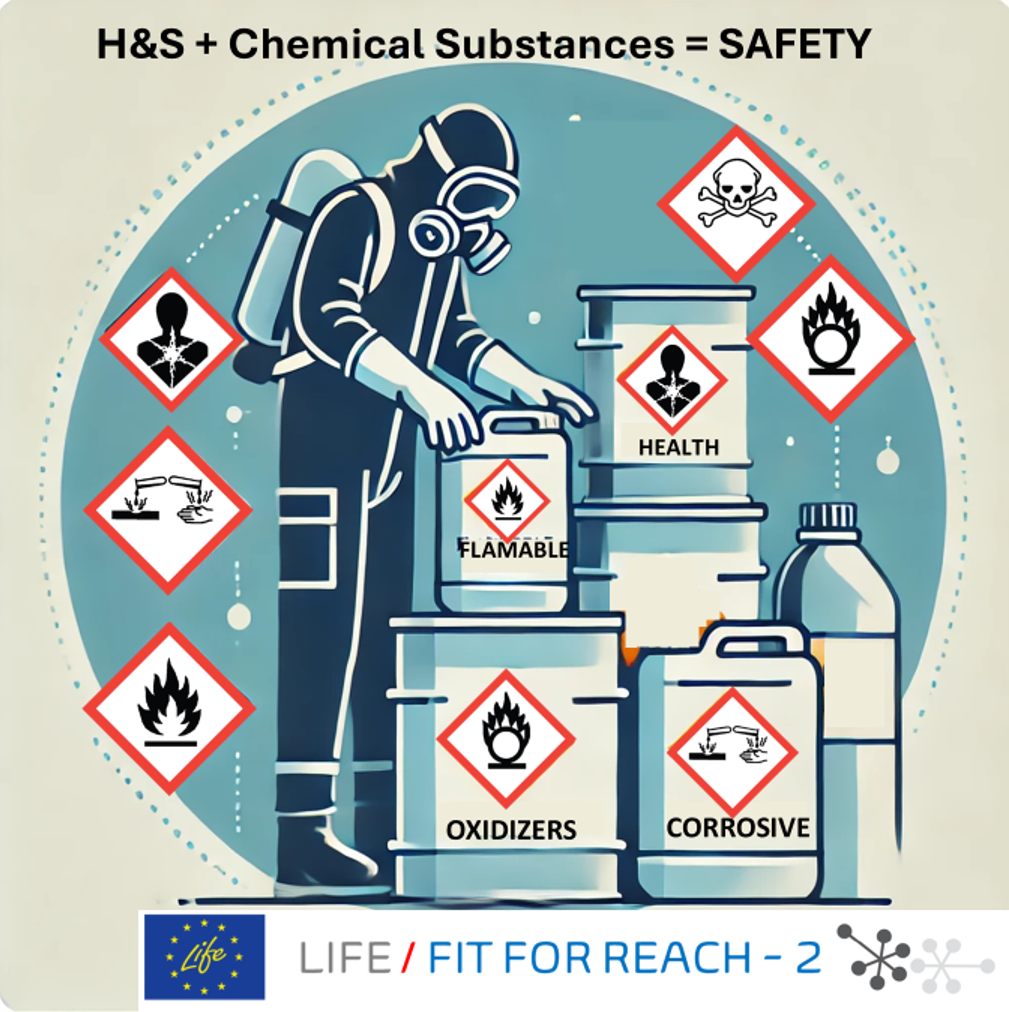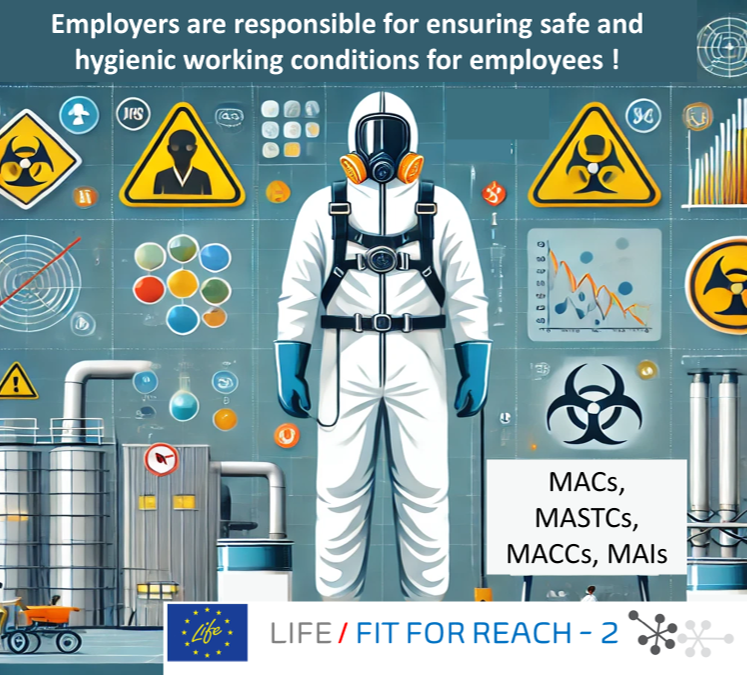
Urban areas are constantly transforming, with construction and development shaping the cities of tomorrow. But amid this progress lies a hidden danger: the presence of hazardous substances in the very materials used to build our homes and cities.
The NonHazCity 3 project is tackling this issue head-on, aiming to reduce the risk of harmful substances infiltrating our urban spaces. Through targeted screening activities, the project sheds light on the areas that require deeper investigation, paving the way for a healthier, safer urban future.
The Scope of NonHazCity 3’s Screening Investigations
Focusing on five cities in the Baltic Sea region—Tallinn, Helsinki, Turku, Västerås, and Stockholm—NonHazCity 3 set out to understand how construction materials contribute to contamination in both indoor and outdoor environments. By examining five key matrices—construction materials, stormwater, indoor dust, indoor air, and residential wastewater—the project uncovered significant findings regarding hazardous substances in urban spaces.
While not every city screened all five matrices, the results revealed several harmful substances commonly found in construction materials, offering valuable insights for both policymakers and the construction industry.
Common Hazardous Substances Found in Urban Spaces
Here are some of the most problematic substances identified:
- Phthalates: Often found in PVC flooring, cables, and roofing membranes, phthalates make plastics more flexible but disrupt hormones in living organisms.
- PFAS: Known for their extreme persistence, PFAS are widely used in products like non-stick coatings and water-resistant fabrics but pose long-term health risks.
- Bisphenols: These endocrine disruptors are commonly found in plastics.
- Organophosphate Esters (OPEs): Used as flame retardants and plasticizers, OPEs are linked to adverse health effects.
- Brominated Flame Retardants (BFRs): These substances can cause neurological and hormonal disruptions and linger in the environment.
- Biocides: Widely used to prevent mold growth, biocides contribute to microbial resistance.
- Chlorinated Paraffins (CPs): Persistent in the environment and potentially carcinogenic, CPs are often used in building materials.
- Volatile Organic Compounds (VOCs): Found in paints and adhesives, VOCs can cause a range of health problems.
- Metals: Toxic metals such as lead, cadmium, and mercury are present in construction materials and pose serious health risks even in small amounts.
- Key Findings: The Reality of Hazardous Substances in Our Cities
- Indoor Dust: The investigation showed that indoor dust closely reflects the hazardous substances found in the materials used within the building. In homes with PVC flooring and treated surfaces, higher concentrations of organic pollutants, like plasticizers, PFAS, and chlorinated paraffins, were detected.
- Stormwater: Stormwater serves as a major conduit for pollutants, transporting contaminants like biocides, organophosphate esters, metals, and PFAS from buildings into natural environments. Cities with newer constructions, particularly those with wooden claddings, showed high levels of biocides like diuron, propiconazole, and mecoprop.
- PFAS: The concentration of PFAS varied significantly between cities, underscoring the widespread use of these harmful substances in a range of products, despite their severe environmental and health impacts.
- TCPP Contamination: This pervasive flame retardant was found in stormwater runoff, wastewater, and indoor dust, highlighting its widespread contamination in urban areas.
- Emerging Substances: The research also found evidence of new hazardous substances replacing older ones in construction materials, pointing to the need for ongoing monitoring and research.
Recommendations for a Safer, Healthier Urban Future
- For Regulators: Strengthen regulations on hazardous substances in construction materials and promote the use of safer alternatives.
- For Public Authorities: Enforce compliance with current regulations and enhance monitoring for emerging contaminants. Public awareness campaigns can help citizens understand the risks, while improved waste management ensures recycled materials are hazard-free.
- For Constructors: Avoid materials treated with harmful chemicals and demand transparency from suppliers regarding the substances used. Replace the most harmful chemicals with safer alternatives, and ensure robust waste management practices to prevent hazardous substances from re-entering the environment through recycling.
Conclusion: Collaboration for Safer Cities
The NonHazCity 3 project highlights the urgent need for continuous monitoring, stricter regulations, and the promotion of safer construction materials. By following these recommendations, cities in the Baltic Sea region—and around the world—can protect both the environment and public health.
Collaboration across cities and countries is crucial. By sharing knowledge and best practices, we can collectively tackle pollution caused by hazardous substances in construction materials and make our urban environments safer for everyone.
If you are interested in this article, if you would like to find out more about hazardous substances in your environment – you can find interesting information on our websites and social media, but you can also make your contact in the form and we will regularly inform you about our materials (articles, reports, training courses, meetings) in which we will deepen this topic and suggest safe and proven solutions. In this form you can also declare your willingness to actively participate in our project, which will be of benefit to us (feedback) but also to you (concrete support).
Let’s work together to build healthier, greener cities for future generations.




